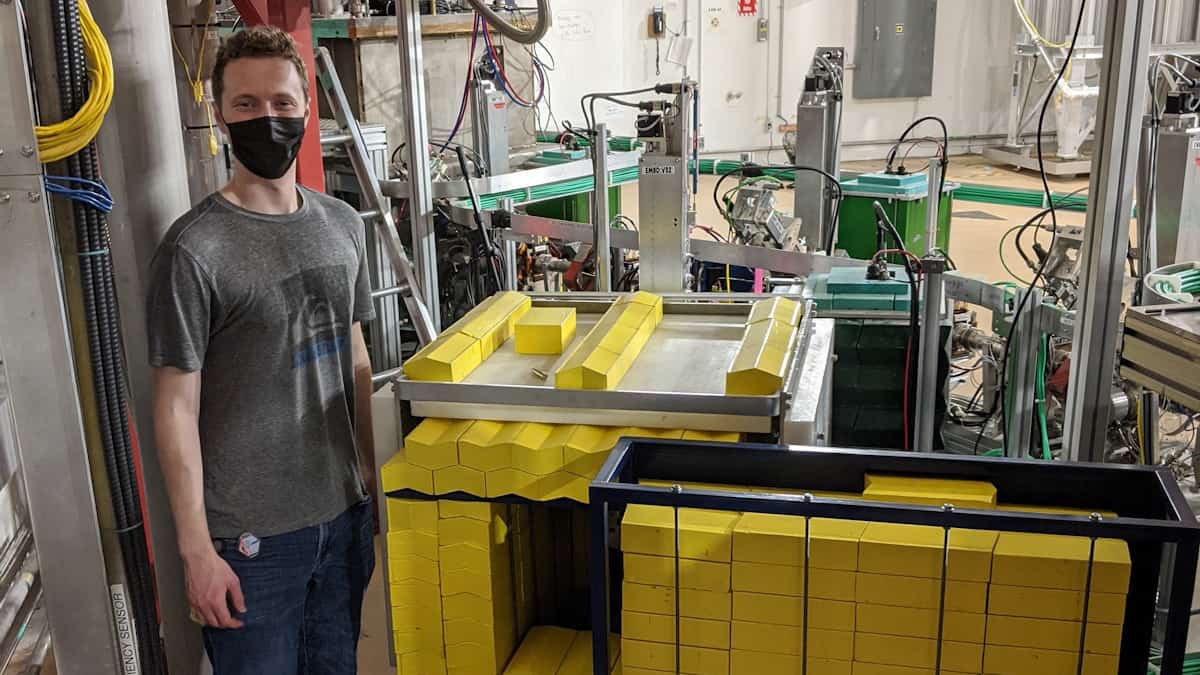A new NASA-funded technology for future space missions may charge an electric car in just five minutes on Earth, paving the way for increased adoption of such vehicles, the US space agency said.
Researchers at Purdue University, US developed the Flow Boiling and Condensation Experiment (FBCE) to enable two-phase fluid flow and heat transfer experiments to be conducted in the long-duration microgravity environment on the International Space Station (ISS).
The new “subcooled flow boiling” technique results in greatly improved heat transfer effectiveness compared to other approaches and could be used to control the temperatures of future systems in space.
This technology can also have applications on Earth: It could make owning an electric car more appealing, the researchers said.
Currently, charging times vary widely, from 20 minutes at a station alongside a roadway to hours using an at-home charging station.
Lengthy charging times and charger location are both cited as major concerns of people who are considering electric vehicle ownership.
Reducing the charging time for electric vehicles to five minutes — an industry goal — will require charging systems to provide current at 1,400A.
Currently, advanced chargers only deliver currents up to 520A, and most chargers available to consumers support currents of less than 150A.
However, charging systems providing 1,400A will generate significantly more heat than current systems, and will require improved methods to control temperature.
Recently, the team applied the technique learned from the NASA FBCE experiments to the electric vehicle charging process.
Using this new technology, dielectric — non-electrically conducting — liquid coolant is pumped through the charging cable, where it captures the heat generated by the current-carrying conductor.
Subcooled flow boiling allows the team to deliver 4.6 times the current of the fastest available electric vehicle chargers on the market today by removing up to 24.22kWs of heat, the researchers said.
The charging cable can provide 2,400A, which is far beyond the 1,400A required to reduce time required to charge an electric car to five minutes, they said.
“Application of this new technology resulted in unprecedented reduction of the time required to charge a vehicle and may remove one of the key barriers to worldwide adoption of electric vehicles,” the researchers added.





